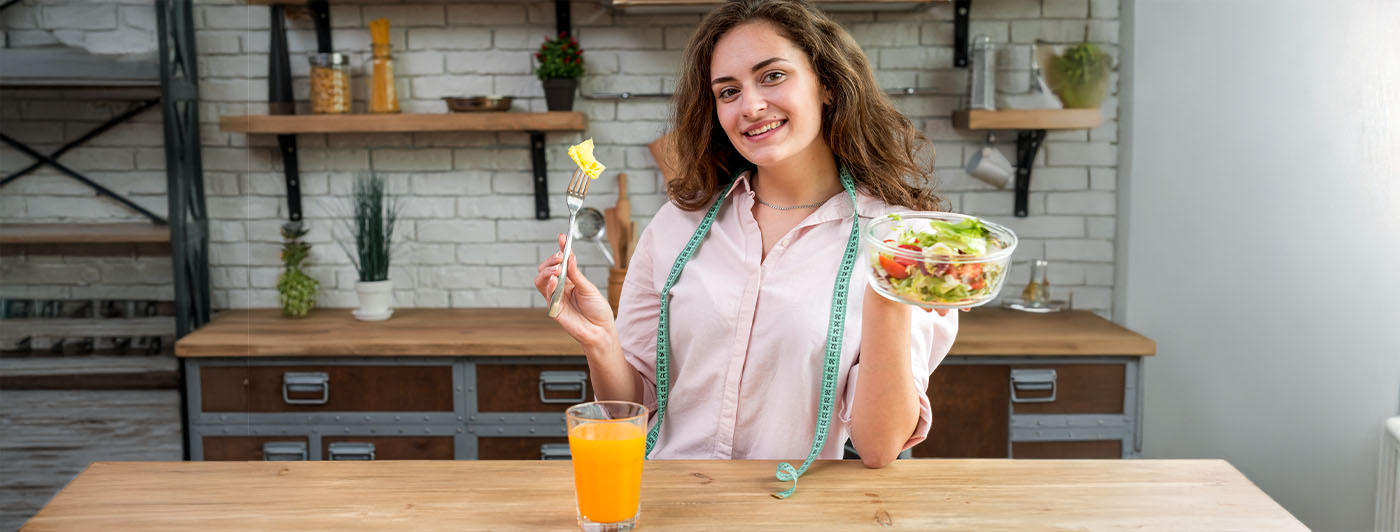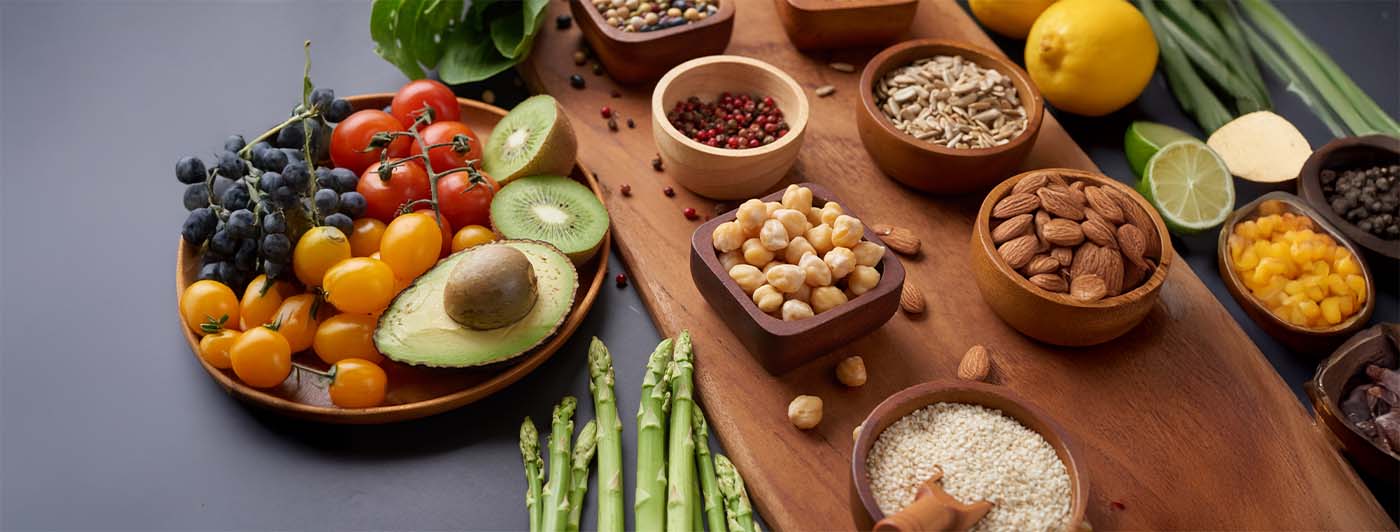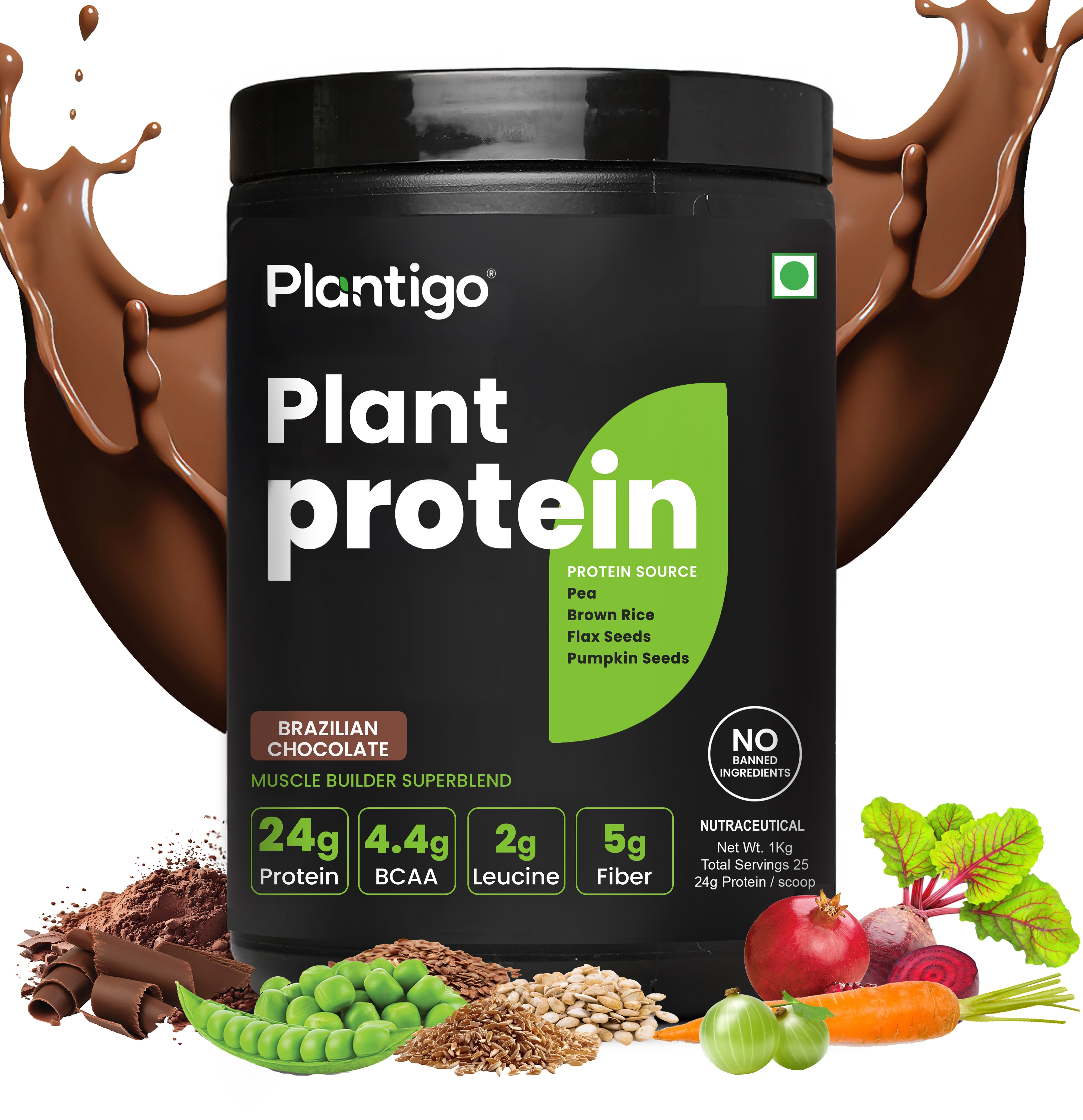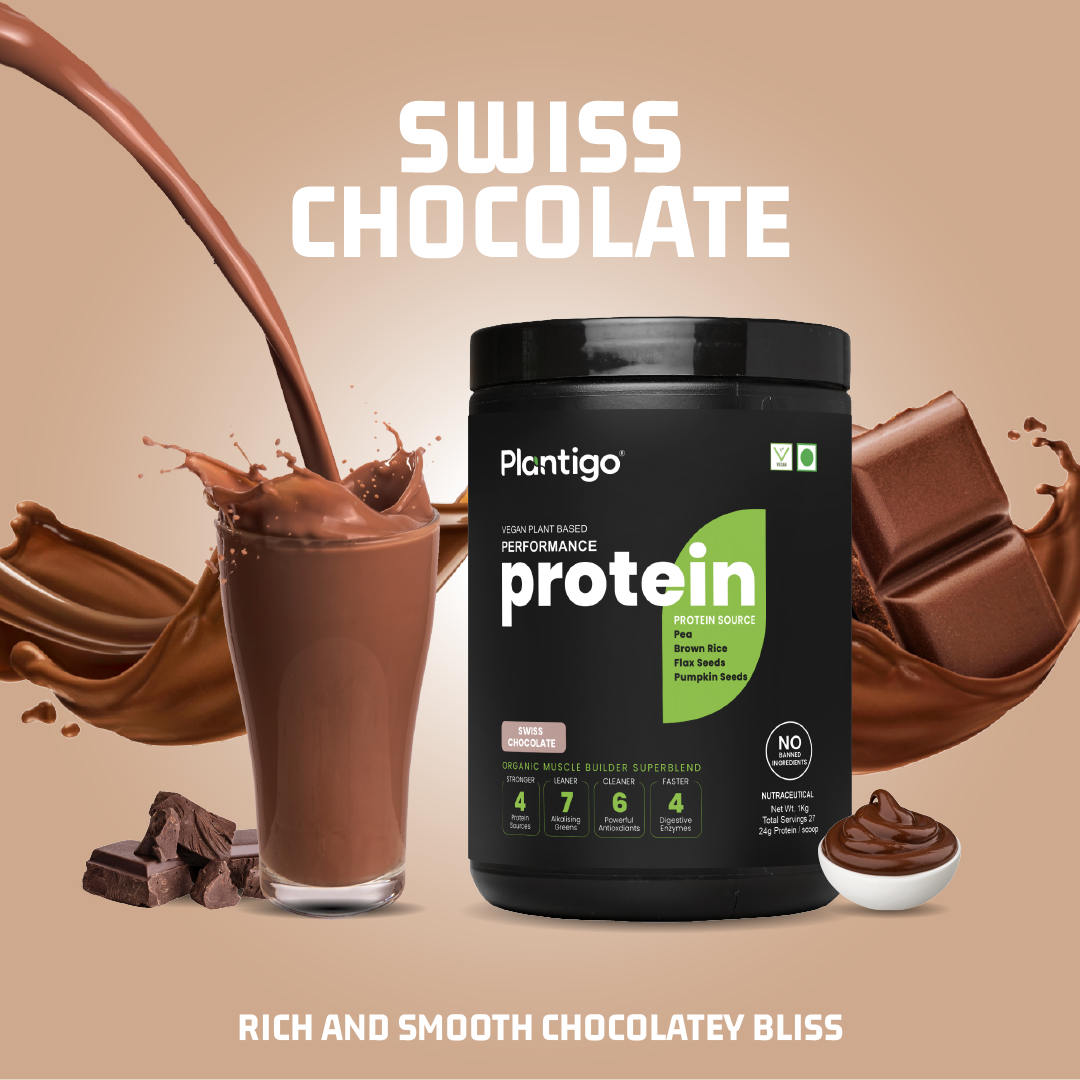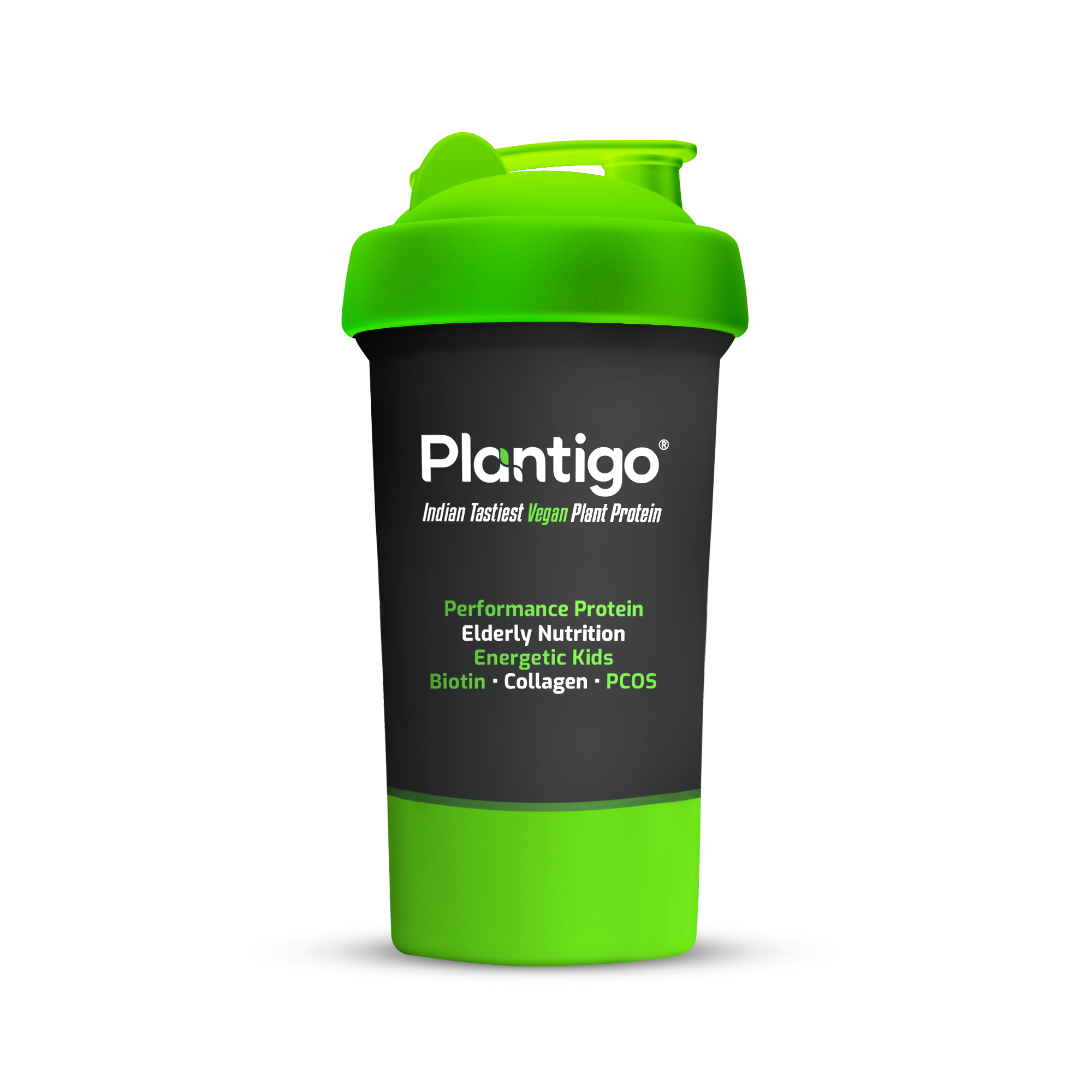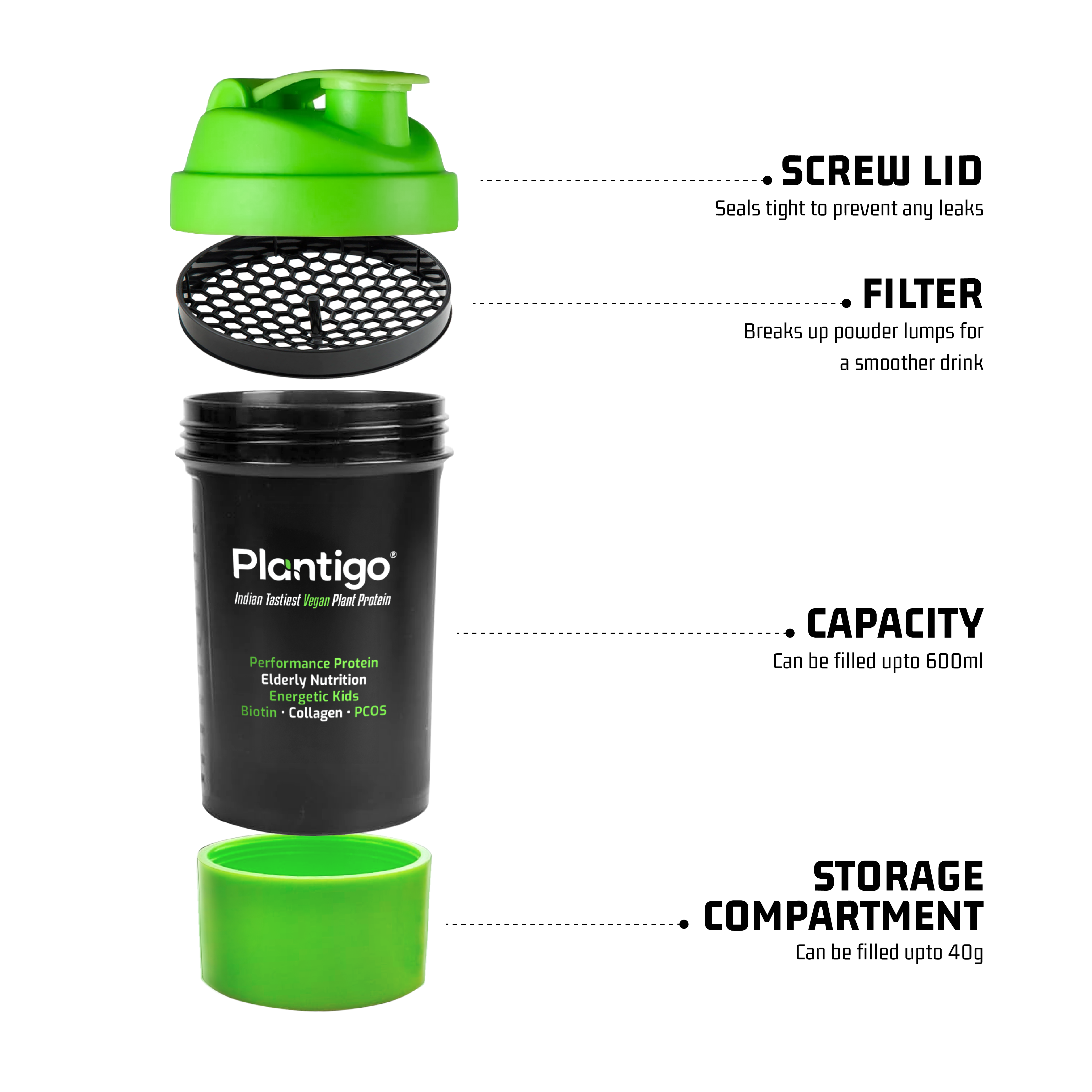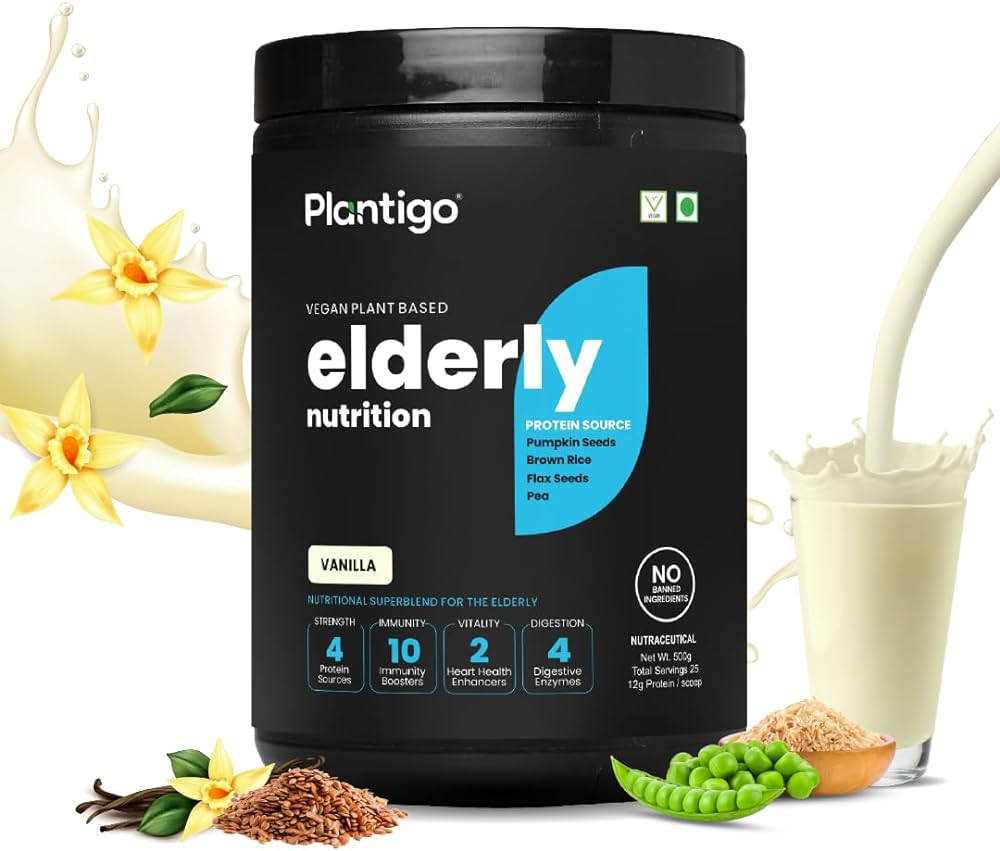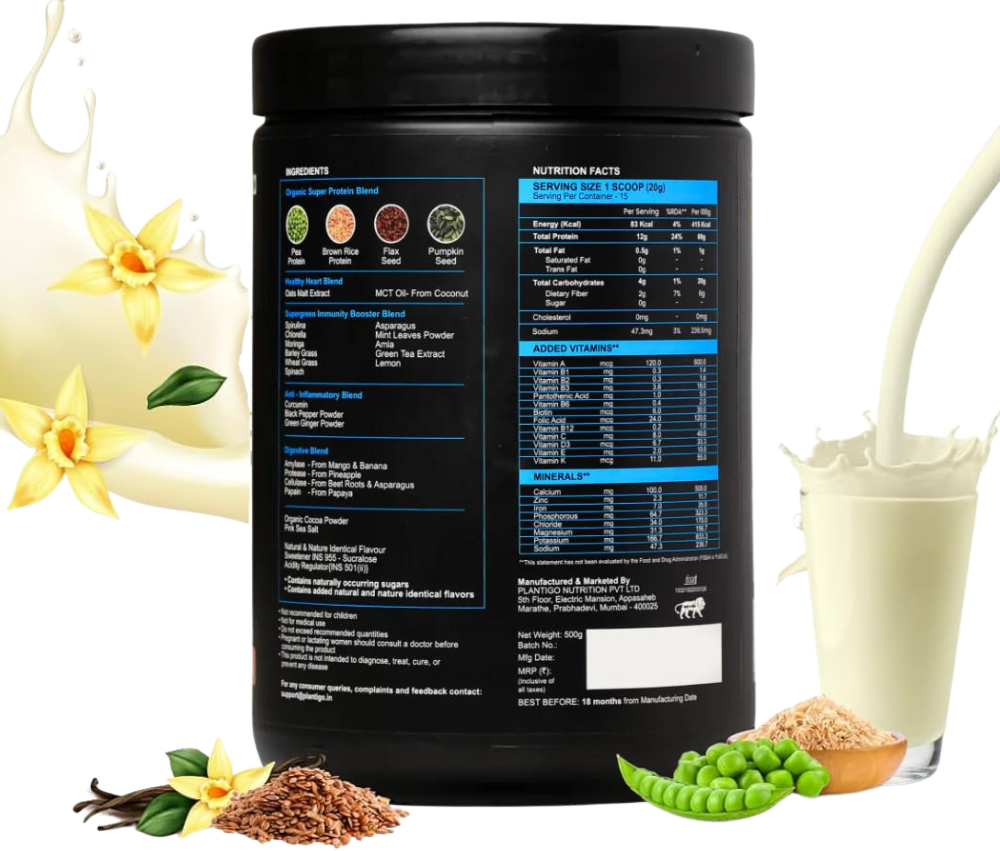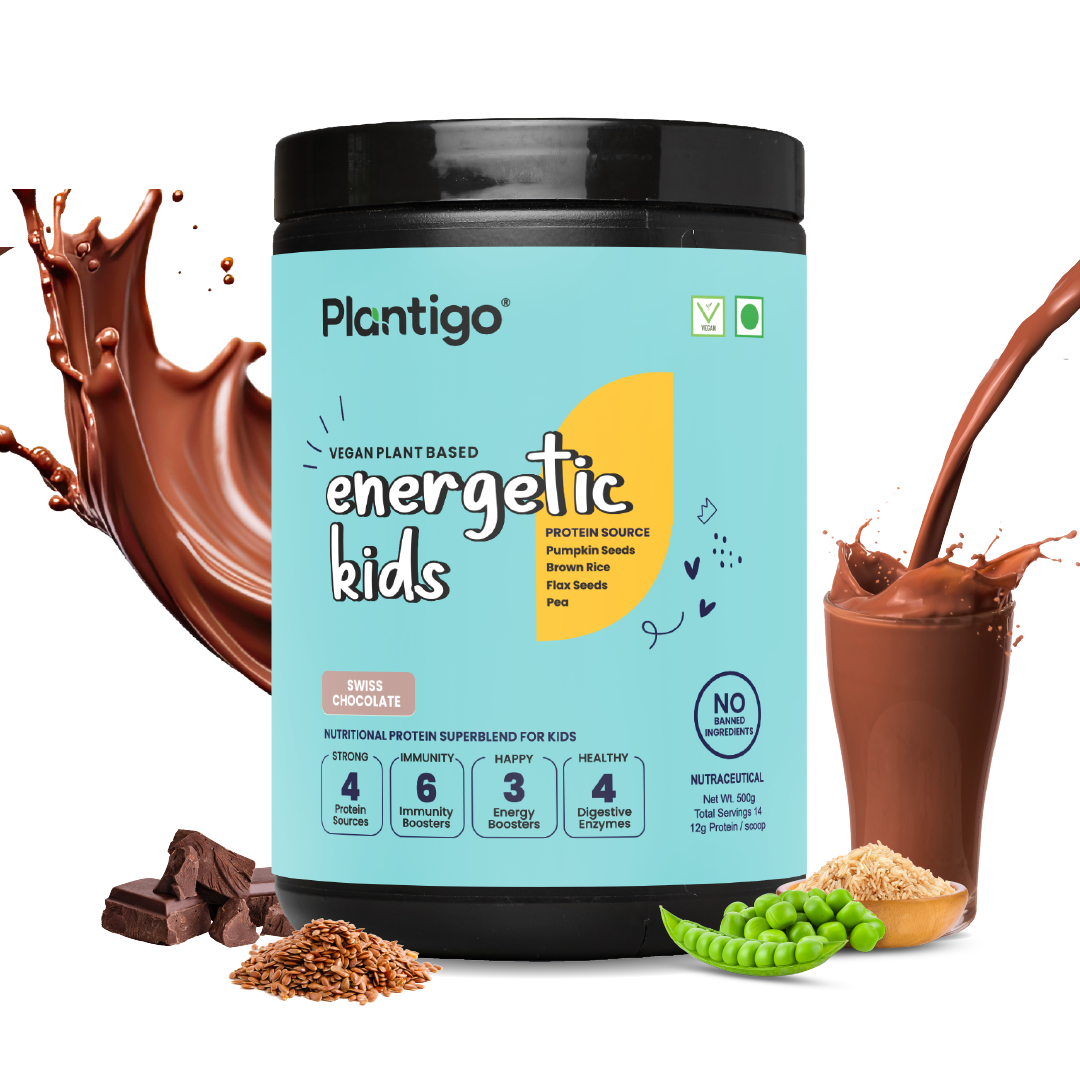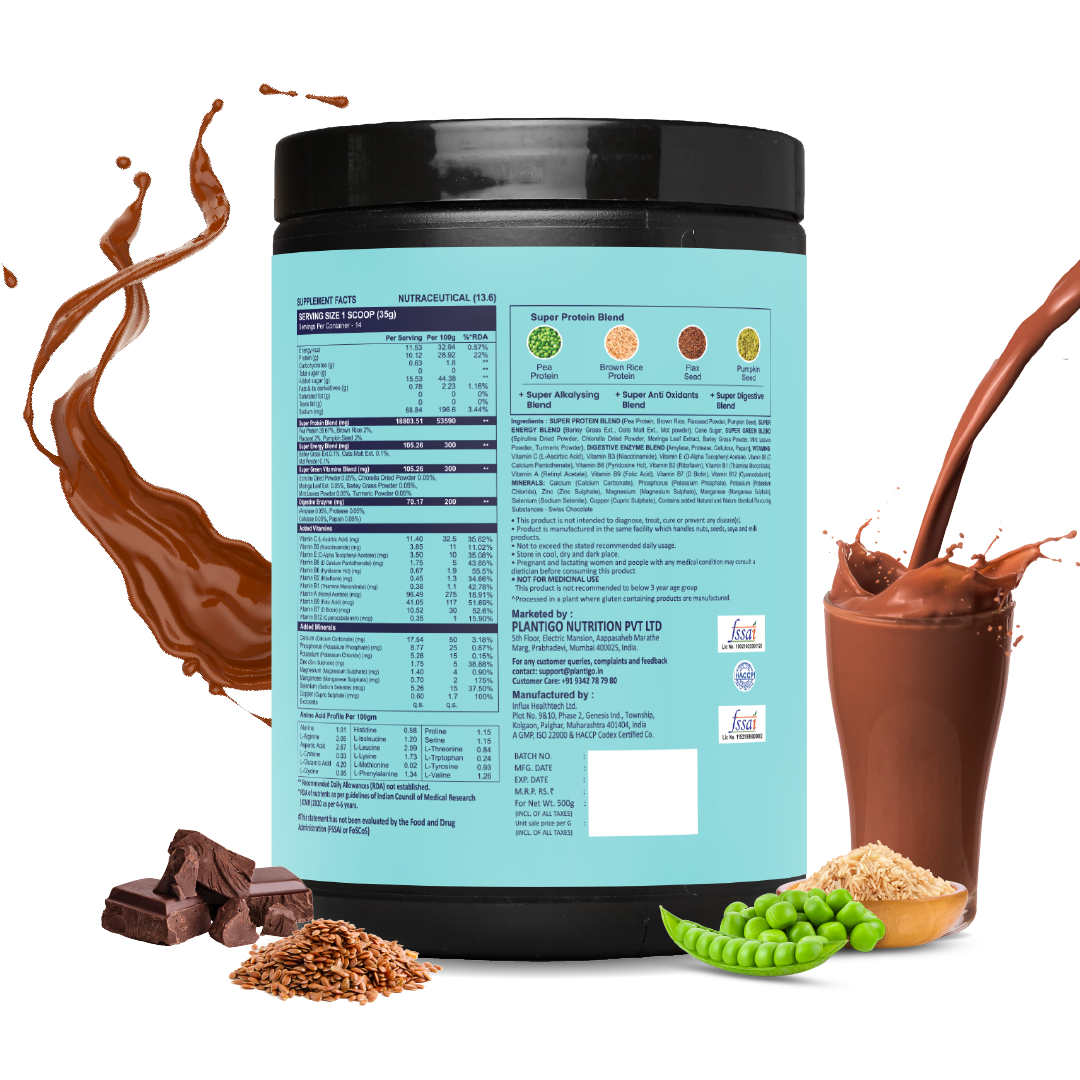Struggling to gain weight no matter how much you eat? You’re not alone. For many people, putting on even a few kilos feels harder than losing them—constant eating, zero results, and a metabolism that burns everything like a furnace. If you’ve been trying for months and still feel stuck, this guide is designed exactly for you.
Gaining weight—especially a full 10 kg—requires a structured approach rooted in calorie surplus, nutrient density, strength training, and metabolic support. Many people struggle to gain weight due to high metabolism, poor appetite, or inconsistent dietary habits. This 10 kg weight gain diet chart provides a systematic, research-backed plan that uses familiar Indian foods to help you gain healthy weight without unwanted fat gain.
The goal is nutritional overload, not junk-food overload—meaning you eat more, but you eat smart. Whether you follow a mixed diet or prefer options like plant protein, the idea is to choose calorie-dense foods that support muscle gain, better digestion, and steady energy throughout the day.
Understanding the 10 kg Weight Gain Diet Chart
Before diving into the 7-day plan, it’s important to understand why a structured 10 kg weight gain diet chart works. Weight gain requires 7000–7700 surplus calories for every 1 kg, so gaining 10 kg means creating a surplus of about 70,000 calories over time.
Scientific research clearly supports this: controlled overfeeding studies show that when individuals consistently consume calories above maintenance, both body weight and lean mass increase significantly—especially when paired with resistance training.
This is also where tools like a protein intake calculator become useful, helping you identify exactly how much protein your body requires based on weight and activity level. While calorie surplus drives weight gain, quality protein ensures the gained weight is mostly lean mass.
High-Calorie Indian Foods That Support Weight Gain
Indian cuisine naturally includes some of the world’s best foods for healthy weight gain—rich dals, ghee, paneer, nuts, seeds, and wholesome grains. For instance, understanding which dal has highest protein helps you pick lentils that build muscle faster. Similarly, adding calorie boosters like bananas, dates, jaggery, parathas with ghee, and nut butters can significantly increase your daily intake.
Plant-based eaters can diversify proteins using legumes, seeds, and moderate supplementation like pea protein powder, which is easy to digest and suitable for daily use.
As you follow the 10 kg weight gain diet chart, the focus remains on increasing calories while keeping digestion smooth and meals enjoyable.
7-Day 10 kg Weight Gain Diet Chart (Indian Meal Plan)
This 7-day plan includes calorie-dense meals, muscle-building proteins, and nutrient-rich additions to support overall wellness. Each day aims for 3000–3500 calories depending on your starting point.
Research shows that creating a purposeful energy surplus enhances gains in lean body mass when paired with resistance training — for example, one review found that participants who consumed a calorie surplus achieved more muscle growth than those at maintenance.
DAY 1
Morning
-
2 bananas + handful dates
-
1 glass whole milk with soaked almonds
-
2 tbsp peanut jaggery chikki
Breakfast
-
Paneer paratha with ghee
-
Curd sweetened with jaggery
-
1 teaspoon chia seeds protein added into curd
Lunch
-
White rice + rajma
-
Ghee on top
-
Salad with cucumber, carrots, and lemon
Evening Snack
-
Mango shake
-
Handful cashews
Dinner
-
Vegetable pulao with ghee
-
Boiled eggs or chole
-
Curd
This first-day structure fits seamlessly into your 10 kg weight gain diet chart and initiates calorie surplus.
DAY 2
Morning
-
Warm turmeric milk
-
Dates + walnuts
Breakfast
-
Besan chilla stuffed with paneer
-
Aloo poha cooked in ghee
Lunch
-
Dal tadka (use moong, urad, or masoor depending on preference)
-
Jeera rice
-
Ghee-roasted vegetables
Evening Snack
-
Fruit bowl sprinkled with seeds
-
Lassi
Dinner
-
Khichdi with extra ghee
-
Paneer bhurji
Day 2 continues the muscle-friendly, calorie-dense logic of the 10 kg weight gain diet chart without compromising digestion.
DAY 3
Morning
-
Coconut water
-
Banana + peanut butter toast
Breakfast
-
Upma with vegetables
-
Buttermilk
Lunch
-
Butter chicken / chole
-
Soft wheat rotis with ghee
-
Curd with flaxseeds
Evening Snack
-
Jaggery tea
-
Handful peanuts
Dinner
-
Stuffed aloo parathas
-
Dal makhani
Your digestive system stays comfortable and your calorie intake stays consistently high—two fundamentals of a successful 10 kg weight gain diet chart.
DAY 4
Morning
-
Milk with banana and jaggery
-
Walnuts
Breakfast
-
Rava idli with coconut chutney
-
Ghee on top
Lunch
-
Vegetable biryani
-
Boondi raita
Evening Snack
-
Paneer pakoras
-
Tea
Dinner
-
Soft rotis + aloo gobi
-
Moong dal tadka
Day 4 builds metabolic endurance and aligns perfectly with the cumulative strategy of the 10 kg weight gain diet chart.
DAY 5
Morning
-
Warm saffron milk
-
Dates
Breakfast
-
Dosa with potato masala
-
Coconut chutney
Lunch
-
Chickpea curry
-
Soft rotis with ghee
Evening Snack
-
Fruit bowl featuring mango, grapes, and pomegranate (these also count as antioxidant rich foods in India)
Dinner
-
Palak paneer
-
Jeera rice
Healthy weight gain also benefits skin and hair. That’s why foods contributing to melanin rich foods and hyaluronic acid rich foods are part of this plan, ensuring you gain not just weight but also vitality.
DAY 6
Morning
-
Almond shake
-
Raisins
Breakfast
-
Idiyappam with coconut milk
-
Scrambled paneer
Lunch
-
Kala chana curry
-
Rice with ghee
Evening Snack
-
Banana walnut shake
Dinner
-
Veg pulao
-
Dal fry
With today’s nutrient-dense selection, the 10 kg weight gain diet chart boosts both calorie surplus and protein quality, essential for lean mass.
DAY 7
Morning
-
Milk + soaked figs
-
Peanut laddu
Breakfast
-
Aloo pooris
-
Sweet lassi
Lunch
-
Butter paneer
-
Rice + ghee
Evening Snack
-
Smoothie with banana, oats, and a scoop of plant based protein powder
Dinner
-
Egg curry / mushroom masala
-
Whole wheat rotis with ghee
This final day is the highest-calorie day in the 10 kg weight gain diet chart, pushing your weekly surplus to the required range.
Why This 7-Day 10 kg Weight Gain Diet Chart Works
Now that you’ve understood the structure, let’s explore why this 10 kg weight gain diet chart is effective, sustainable, and nutritionally balanced.
1. Calorie-Dense Meals Without Junk Food
Instead of oils and sugary snacks, the chart uses whole foods like dals, nuts, seeds, paneer, milk, ghee, and grains.
2. High-Quality Protein Support
Whether you follow a mixed diet or vegetarian lifestyle, combining legumes, paneer, dals, milk, nuts, and plant protein ensures lean muscle gain.
3. Strong Gut Health Foundation
Fermented foods, curd, buttermilk, and soft-cooked grains help support smooth digestion—critical for consistent eating.
4. Nutrient-Diverse Additions
The diet includes natural boosters such as antioxidant fruits, foods essential for melanin production, and skin-supporting nutrients.
5. Smart Supplementation
Those who need additional support can take a measured serving of natural plant protein powder or moderate amounts of complementary proteins.
Each of these elements strengthens your progress and keeps the 10 kg weight gain diet chart both enjoyable and effective.
Additional Tips to Maximize the 10 kg Weight Gain Diet Chart

To ensure your efforts deliver meaningful results, follow these evidence-based tips:
1. Train for Strength, Not Cardio
Your workouts directly influence how your body uses those extra calories. Prioritize resistance training—squats, deadlifts, push-ups, and dumbbell work—to convert calories into muscle mass.
2. Eat Every 2–3 Hours
Small but frequent meals help prevent fullness and maintain a consistent calorie surplus.
3. Add Ghee and Healthy Oils
A single tablespoon of ghee adds ~120 calories with zero digestive load.
4. Sleep 7–8 Hours Daily
Weight gain is heavily dependent on hormonal balance and recovery.
5. Include Energy-Dense Snacks
Think peanut chikki, dates, banana shakes, laddus, and dry fruit mixes. You can also combine these with high fiber foods in India —like bananas, figs, nuts, and oats—to keep digestion smooth while ensuring each snack remains calorie-dense and nutritious.
These principles reinforce and accelerate the results of your 10 kg weight gain diet chart.
Final Thoughts
A well-structured nutrition plan makes the journey predictable and sustainable. By following this 10 kg weight gain diet chart consistently—and gradually increasing your portions—you can see real improvements in muscle mass, strength, digestion, and overall energy.
Keep tracking your protein intake, include nutrient-dense foods, and stay consistent. Adding simple supports like nuts, seeds, and occasionally Plantigo plant protein can make healthy weight gain smoother and more effective.
Ready to Start Your Transformation?
Begin today—follow the chart, stay consistent, and fuel your body right. If you’d like a personalized calorie or protein plan, just tell me.
Frequently Asked Questions
1. How long does it take to gain 10 kg with this diet chart?
Gaining 10 kg typically takes 8–12 weeks, depending on your metabolism, workout routine, and how consistently you follow the 10 kg weight gain diet chart. Faster or slower results are normal.
2. Can I follow this diet if I’m vegetarian?
Yes. The chart already includes plenty of vegetarian-friendly calorie sources like dals, paneer, milk, nuts, ghee, and legumes. You can also add plant-based options like plant protein for extra support.
3. Is gaining weight with Indian foods healthy?
Absolutely. Indian foods like rice, dals, ghee, paneer, nuts, and parathas offer high calories, good fats, and quality protein—making them ideal for healthy weight gain when consumed mindfully.
4. Do I need supplements to gain weight?
Supplements are optional. Most people can gain weight through whole foods alone. However, adding a small serving of plant protein powder can help you meet daily protein goals if your appetite is low.
5. Can I gain weight without going to the gym?
Yes, but results will be slower. Strength training accelerates weight gain by converting calories into muscle. Even simple exercises like push-ups, squats, and dumbbell workouts can significantly improve progress.

